Click to view our Accessibility Statement or contact us with accessibility-related questions$529$52994% would recommend to a friend 






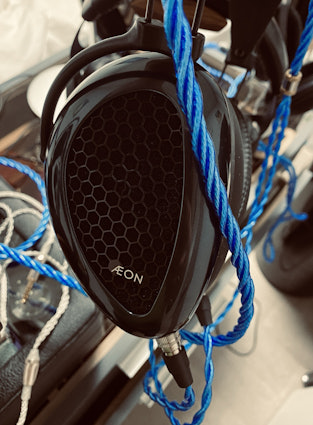



Drop + Dan Clark Audio Aeon Open X Headphones
$449
Drop + Dan Clark Audio Aeon Open X Headphones
bookmark_border
$449
1.7k Sold
·
Ready to Ship
·
Free Returns in USA
●
Members who purchase earn
1,347
Drop Rewards
Frequently bought together:
Customer Reviews
4.7
(175 reviews)
5star(128)
4star(37)
3star(7)
2star(2)
1star(1)
By Feature
Build Quality
4.6
(13)
Sound
4.5
(13)
Comfort
4.7
(13)
Music GenresPopular among reviewers
ActivitiesPopular among reviewers
search
close
Images
keyboard_arrow_downSort by: Newest
keyboard_arrow_down
tasdisr
4
Aug 9, 2024
Activities:Casual Listening
Music Genres:Classical, Country, Jazz, Rock
checkVerified Buyer
Great Headphones!
I liked the Aeon Closed so much I decided to get a pair of the Aeon Open Back and have to say I was not disappointed.
Very comfortable and great build quality. To me the sound is excellent. I use these when I am home alone and the closed back when the wife is hear so I do not disturb her. Well worth the price to me!
Recommends this product? Yes
KobeIkje
10
Apr 15, 2024
Activities:Casual Listening, Gaming, Movies & TV
Music Genres:Classical, Electronic, Metal
checkVerified Buyer
All day every day
So comfortable you barely notice them, even after having them on all day. The sound is just Nice. You can give a list of imperfections, sure, but compared to normal headphones they sound perfect, warm and clean.
I was used to Sony Extra Bass and dynamic driver IEM's so the bass felt a bit shy, but with the right amplification I very much like it. Also worth noting that they sound very isolated for open backs (in a good way)
For the price and if you like nice sound, I would very much recommend.
Recommends this product? Yes
Snikel2
0
Apr 15, 2024
Activities:Casual Listening, Gaming
Music Genres:Jazz, Metal, Rock
checkVerified Buyer
Incredible all-arounders.
Everything about these cans are top notch for the price. The quality of the materials, the comfort of both the headstrap and earpads and of course the sound. I do wish they were a bit "punchier" though, because although the sound is very good and soundstage is good and all that, even with a strong amp you don't really get the kick and intensity of say a pair of HD650's (which I also have).
It is worth mentioning to anybody buying this pair that you should definitely try to EQ them. AutoEQ works perfectly fine for me, but you should experiment a bit to see what really brings out the best qualities in terms of sound that these offer.
Overall 9/10 for me, and only brought down slightly by the lack of punchiness.
Recommends this product? Yes
Dummybait
2
Mar 19, 2024
Activities:Casual Listening
Music Genres:Country, Electronic, Pop, Rock
checkVerified Buyer
Awesome for the price
These sound great! Very comfortable!
Recommends this product? Yes
Dummybait
2
Mar 28, 2024
dm94aq7I’ve had them almost a year and haven’t had this issue yet. Time will tell.

Grail
8
Jan 10, 2024
Activities:Casual Listening
Music Genres:Classical, Electronic, Hip-hop, Metal, Pop, R&B, Rock
checkVerified Buyer
Good audiophile headphones
Sound profile wise they are warm.. they aren't the most comfortable for me which is my only complaint really... Otherwise very solid headphones excellent tonal balance decent sound stage etc...
Recommends this product? Yes

YushinLee
9
Dec 19, 2023
Activities:Casual Listening, Critical Listening
Music Genres:Country, Pop
checkVerified Buyer
all that matters is power

(Edited)
HighlanderMcMullen
17
Dec 16, 2023
checkVerified Buyer
Awesome, Comfortable Planar Headphone!
As with my Aeon Closed X the sound on my FiiO R7 is great through the Aeon Open X, but the comfort is unmatched, I could wear these for days at a time.
Recommends this product? Yes
wfmsiekierka
4
Nov 4, 2023
Activities:Casual Listening, Critical Listening
Music Genres:Pop, Rock
checkVerified Buyer
Pure relaxation
I finally found headphones that do not tire me with their sound characteristics in the long run. So if you are looking for something to relax after a hard day or to listen in the evening for pleasure and not analysis, these headphones are the way to go. I recommend.
Recommends this product? Yes
HussT
1
Aug 9, 2023
Activities:Casual Listening
Music Genres:Country, Electronic, Hip-hop, Metal, Pop, Rock
checkVerified Buyer
Very good headphone
really enjoy it
Recommends this product? Yes
Showing 12 of 378
Recent Activity
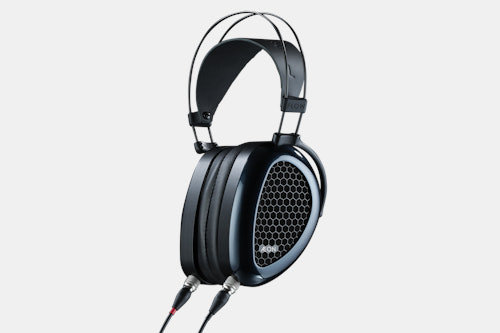
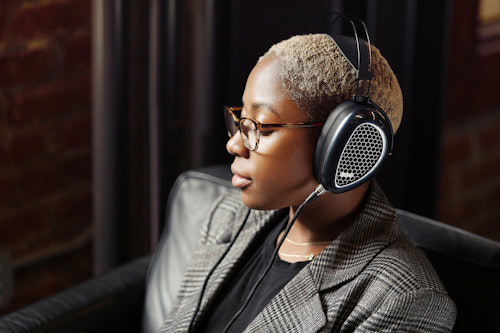
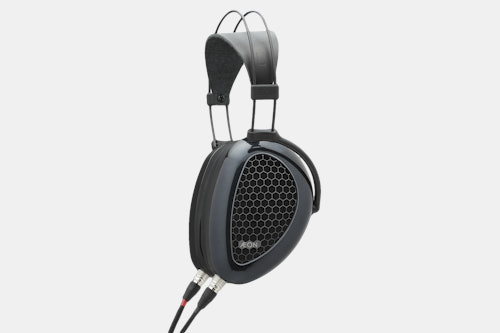
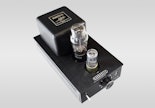
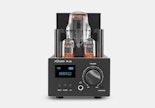




- Edit: after getting recommendations to use an Eq, I did get a sound that was more like what I would like to hear, but the same Eq basically made the other 2 headphones sound better in almost everry way as well, except for things like hi-hats which were a little bit clearer on the Aeon's.
Considering that the other 2 headphones were 225 and 180 USD respectively, I honestly would just recommend to get the HD-6XX for sound quality, specially if you don't have a mic amp, as plugging the Aeon to a computer directly does not give particularly good results. Build quality: they are very good, they look nice and their shape and color is eye-catchy. Comfort: The Aeonm's have the best earpads out of all the headphones I've had. They are spacious for my big ears and the suspension system is super comfortable, much more than the HD-6XX although and pretty much the same as the AKG K7XX, as its a wide band that adjusts perfectly to your head, with the weight distributed evenly, you could wear them for days. You could of course get similar style pads for the HD-6XX but the Aeons are still better.- The difference is that the AKG's depend on elastin bands that wear over time while the Aeon's are friction-to frame based which should last forever unless you constantly change their position which would certainly wear the materials over time.
Overal, they sound alright, but to my ears they just don't sound 539-USD good after hearing the other two headphones. It might be one of those things where the more expensive you go the more you need to do fine tuning and hook up other stuff, but that just doesn't sound like expect, for me the more I pay the least I should have to fiddle with the thing to get it to sound good. We might argue that the Aeon's sounding almost as good as the HD-6XX but being more comfortable is worth the price, but the jury still isn't out that one on my case. If you want decent sounding, great looking, and fantastically comfortable headphones, get these. If you prefer more voluime and bass and are willing to sacrifice a little on comfort to get more than half the price then get the HD-6XX (the AKG K7XX are no longer available).